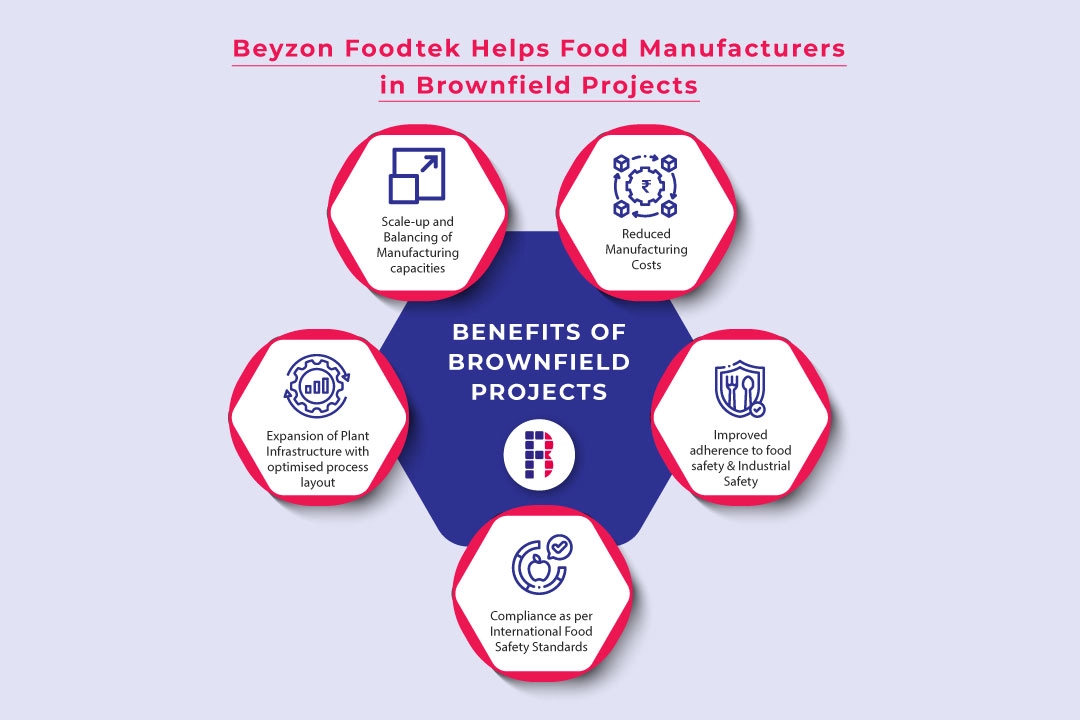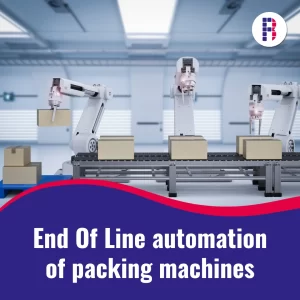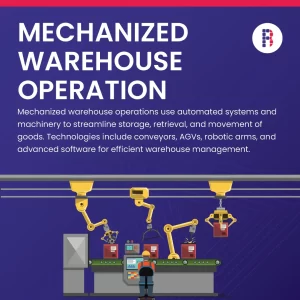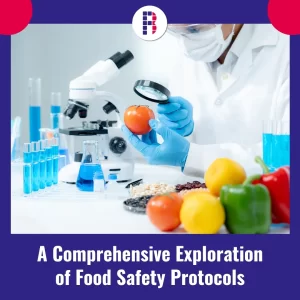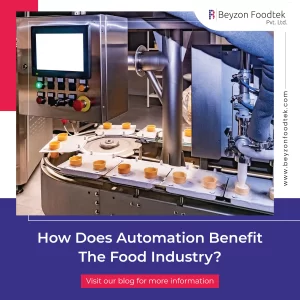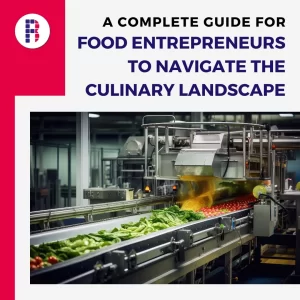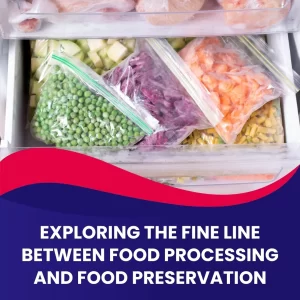Prelude:
In the ever-evolving food industry, businesses must continually explore growth opportunities to stay competitive and meet the demands of an ever-changing market. Two primary avenues for expansion in the food sector are Brownfield and Greenfield projects. Both these approaches offer unique advantages and challenges, and understanding how to leverage them effectively can significantly impact a company’s success. In this blog, we will delve into the concept of Brownfield and Greenfield projects, exploring their differences, benefits, and considerations in the context of the food industry.
Understanding Brownfield Projects:
The extension or modification of an existing facility or infrastructure to make room for new food production or processing capabilities is referred to as a brownfield project. This strategy entails repurposing and maximizing current resources to satisfy the market’s expanding demands or to launch new product lines. Modernizing equipment, increasing operational effectiveness, and adhering to the most recent food safety and quality requirements are all frequent components of brownfield projects.
Benefits of Brownfield Projects:
- Cost-Effectiveness:
When compared to completely developing a new facility, brownfield projects can offer a more affordable choice. Utilizing current infrastructure can considerably lower initial capital expenditures.
- Faster Implementation:
Brownfield initiatives can be deployed more quickly because the fundamental framework and utilities already exist. This enables companies to react fast to market possibilities and shifting consumer preferences.
- Sustainable Practices:
Brownfield initiatives that reuse existing buildings encourage sustainable practices by eliminating trash and lowering the environmental effect of building new structures.
- Reduced Regulatory Hurdles:
Due to the fact that brownfield projects are often located in regions that have previously been zoned for industrial use, they may encounter less regulatory obstacles than greenfield initiatives.
Understanding Greenfield Projects:
Greenfield projects involve building entirely new facilities from scratch on previously undeveloped land. In the food sector, this could entail setting up a new production plant, distribution center, or processing facility in a strategic location.
Benefits of Greenfield Projects:
- Customization:
Greenfield projects have the benefit of total customization, enabling companies to create facilities that are specifically suited to their operating and production demands.
- State-of-the-Art Technology:
Greenfield projects can use the newest technology and automation systems to maximize efficiency and productivity because they are not constrained by existing infrastructure.
- Location Advantage:
Companies can carefully select the site for a Greenfield project by taking into account variables including proximity to raw supplies, target markets, and transportation infrastructure.
- Improved Food Safety and Compliance:
When a facility is designed from scratch, the most recent food safety standards and laws can be incorporated, lowering the likelihood of contamination problems.
Considerations for the Food Sector:
Businesses in the food industry must carefully negotiate a plethora of factors as consumer preferences, regulatory constraints, and market dynamics continuously change. This industry requires a holistic strategy to meet the demands of today’s discriminating consumers, from guaranteeing food safety and quality to embracing sustainable measures and staying ahead of technological innovations.
Let’s understand some crucial factors that food businesses should emphasize in order to succeed in this dynamic environment and forge a path to long-term growth and prosperity:
- Market Research: Prior to beginning any expansion project, organizations must carry out a comprehensive market research in order to pinpoint growth prospects, consumer trends, and prospective market demand for new goods or services.
- Financial Viability: It’s critical to evaluate the projects’ financial viability, whether they’re Brownfield or Greenfield. The most practical choice should be chosen after conducting thorough cost-benefit assessments.
- Capacity Planning: To make sure the selected project is in line with the company’s long-term growth goals, businesses must accurately predict their future production needs and capacity requirements.
- Food Safety and Quality: No matter the project type, maintaining high standards for food safety and quality is essential. Regulations and industry standards must be followed without exception.
- Sustainability: As consumer knowledge of environmental issues rises, including sustainable methods into both Greenfield and Brownfield projects can help a company build a better reputation and attract customers who are concerned about the environment.
Conclusion:
Unlocking growth potential is essential for businesses to prosper in the vibrant and competitive food market. Both brownfield and greenfield projects provide various avenues for growth, each with its own advantages and factors to take into account. While Greenfield projects offer flexibility and cutting-edge technology, Brownfield initiatives offer cost effectiveness and quicker deployment. Whatever course of action a business takes, success depends on careful preparation, market research, financial evaluations, and a firm commitment to sustainability and food safety. Food enterprises can position themselves for a profitable future in the constantly changing food market by making wise decisions and taking advantage of development opportunities.
